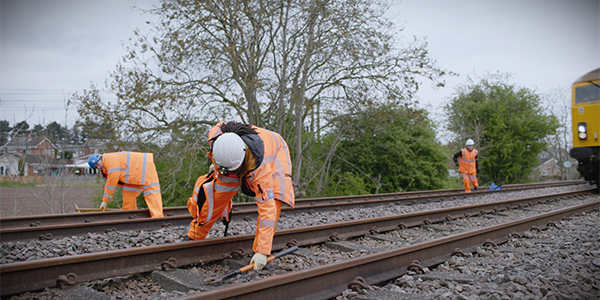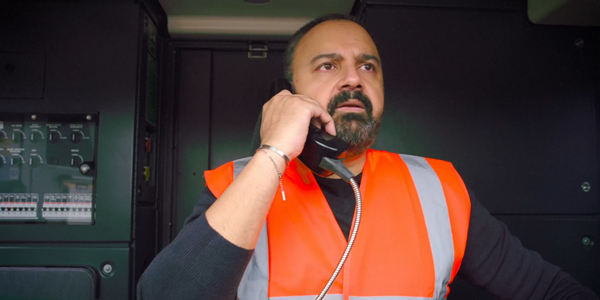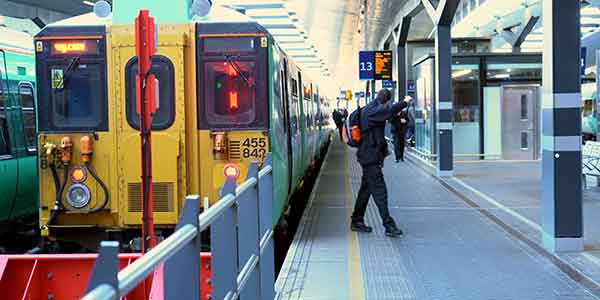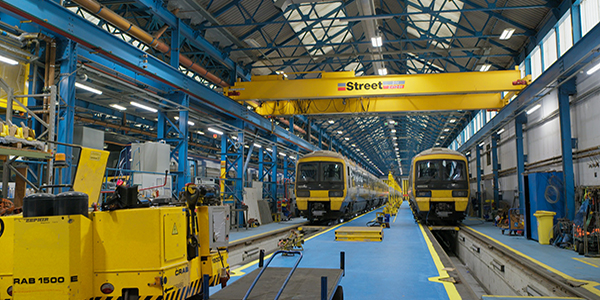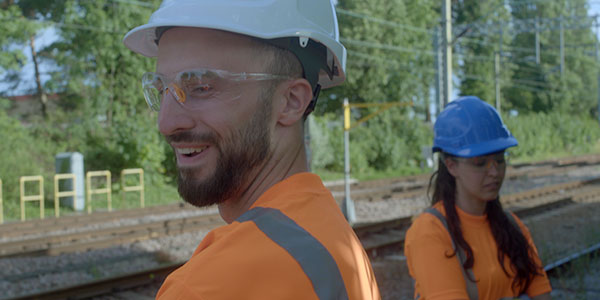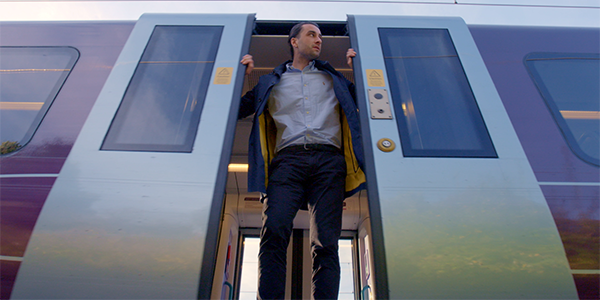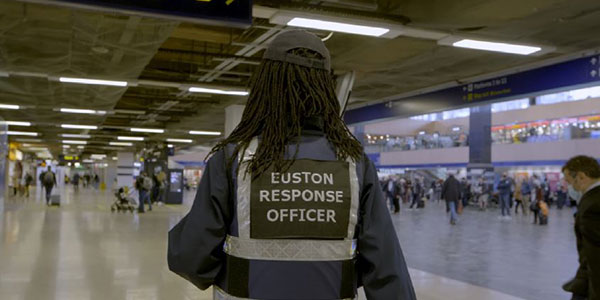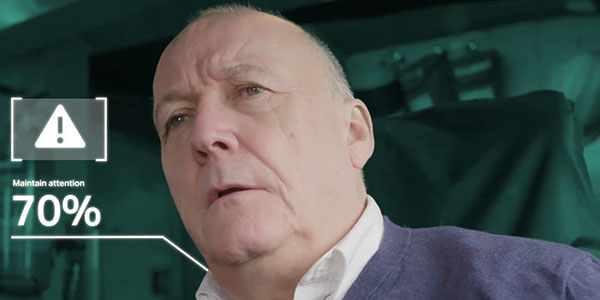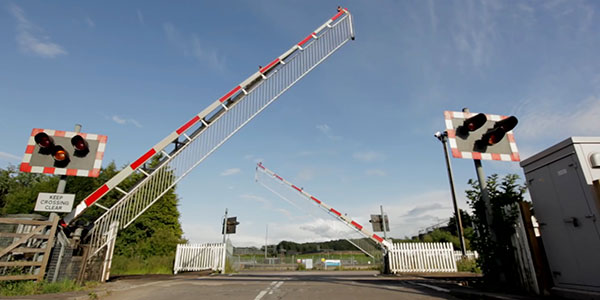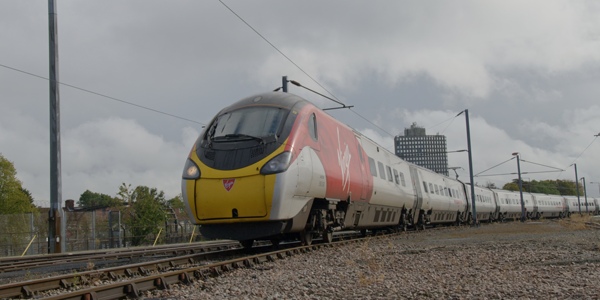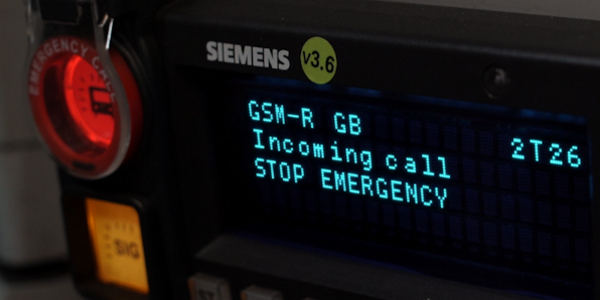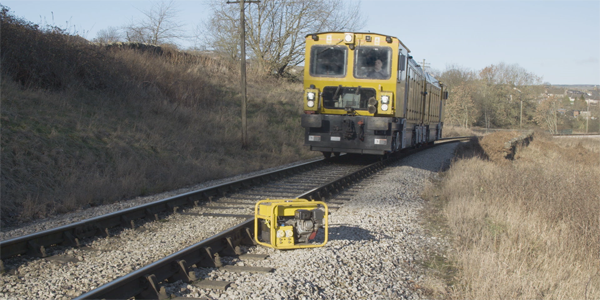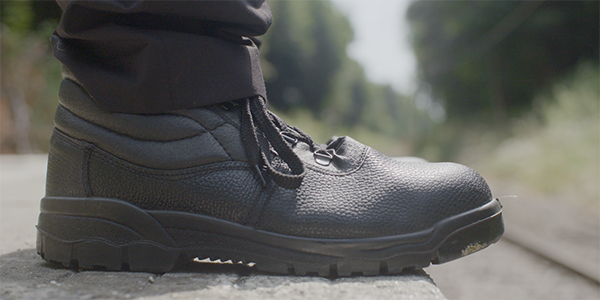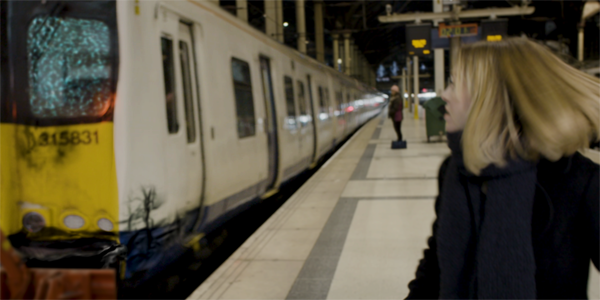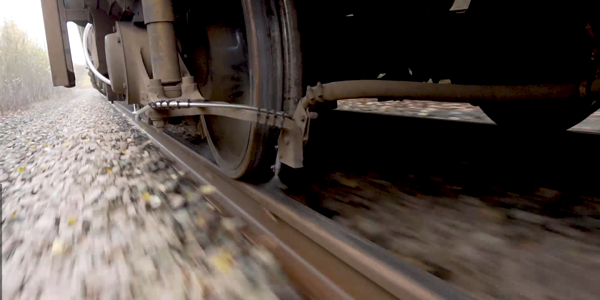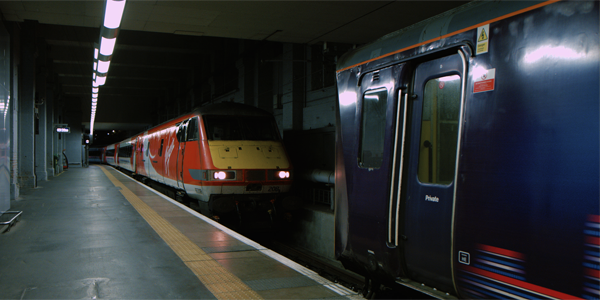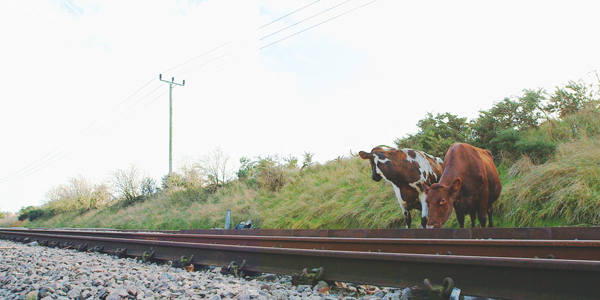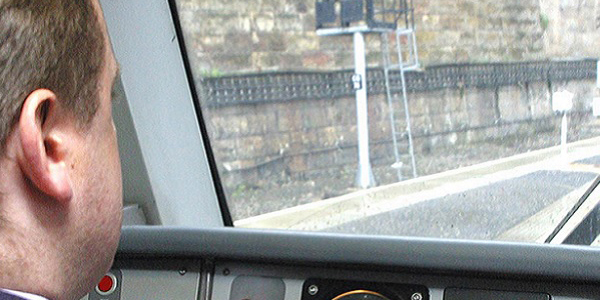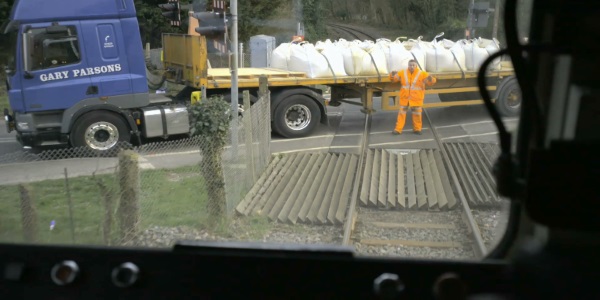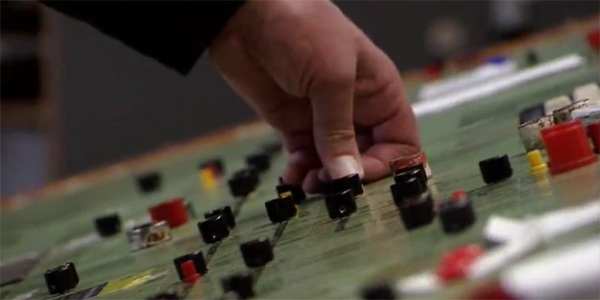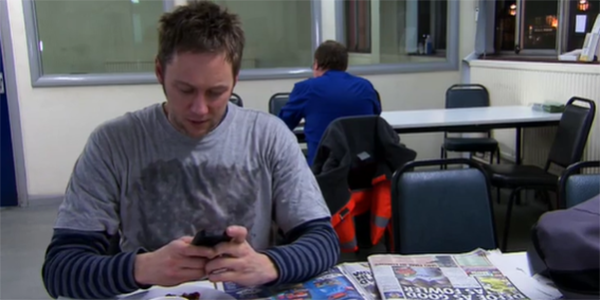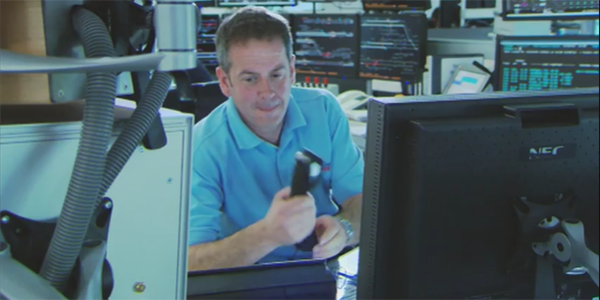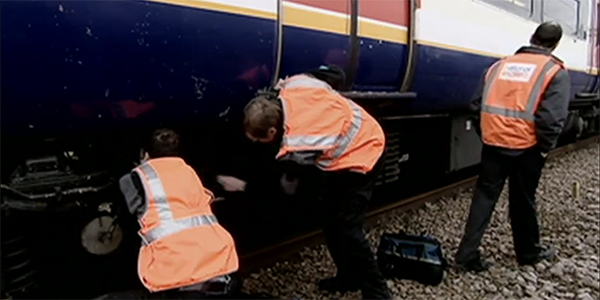RED 71 - Trackside Workers
A wide range of people work trackside, performing a range of tasks—from undertaking track inspections and general maintenance, to telecoms, earthworks, and enhancement work.

Premium
RED 70 – Lone Working
A lone worker is defined as anyone who works physically alone for several hours, with low levels of close or direct contact with other colleagues. In rail, what are the benefits and challenges of this type of role?

Premium
RED 69 – Safety Critical Communications
Safety critical communications is a vital part of running a railway safely and efficiently. Get it right, and everything runs smoothly. Get it wrong, and there can be damage to the infrastructure, injury, or even worse.

Premium
RED 65 - Platform-Train Interface
There are around 3 billion platform-train interface (PTI) interactions each year and incidents are relatively low. However, around 48% of the total passenger fatality risk on the mainline railway network can be attributed to PTI events.

Premium
RED 64 - Depot Safety
The railway has always needed depots of one kind or another. They are places to maintain trains, to load wagons, clean coaching stock, and stockpile rails and sleepers. With so much kit around, and people to work on it, safety has to be at the top of everyone’s list.

Premium
RED 63 – Bullying in the Workplace
Bullying in the workplace is more common than many people realise, and can take many forms. It can, and does, have a significant impact on mental health, wellbeing, and safety at work, so in this episode we explore how we can tackle this issue.

Premium
RED 61 - Detraining
Why do passengers sometimes detrain or self-evacuate? It’s often due to trains breaking down, destroying our passengers’ own timetables and promises to employers, families and loved ones.
RED 61 gives you the story, provides pointers on how to reduce the risks, and suggests ways to help keep everyone in the picture when an incident occurs.

Premium
RED 60 - Station Safety
Stations can be places where assaults and accidents occur. In this RED 60 programme, we hear about the risks, what the industry is doing to tackle them, and what we can all do to help.

Premium
RED 58 - Human Factors

Premium
RED 57 - Level Crossings
This RED 57 programme looks at the risks posed by level crossings. A group of track workers are working in a possession by a level crossing. Errors in the handover between the crossing attendants are exacerbated by the PICOP’s fatigue and the signaller’s workload. These events lead to no signals protecting the crossing, and a very near miss.

Premium
RED 55 - Electrification
Based on the incident at Sutton Weaver, a driver stops his train and leaves his cab to assess damage to a section of overhead line equipment. This RED 55 programme considers the risks from energy feeds.

Premium
RED 54 - Stay Focused
A driver who has experienced a SPAD tries to deal with the aftermath. He contacts the signaller and control, and understands he has authority to continue—but from the wrong person. This RED 54 programme looks at SPADs

Premium
RED 53 - Left on the Track
This RED 53 programme looks at possessions. A group of track workers is spread over two locations. After a hard night’s work, they pack up and leave. The first train of the morning finds that they left something behind.

Premium
RED 52 - Mental Health
This RED 52 programme looks at mental health issues. Our dramatisation follows three colleagues, each dealing with their own problems. Sometimes those who seem least unwell need the most help.

Premium
RED 51 - Buffer Stops
This RED 51 programme looks at the human factors of fatigue and distractions. A driver has been working all week. It’s his wife’s birthday dinner that evening. When he is asked to do a run, his mind is not completely focused on the task at hand.

Premium
RED 50 - Rail Adhesion
This RED 50 programme looks at adhesion. A driver reports low adhesion to the signaller, who asks the mobile operations manager to attend. The next driver also experiences adhesion issues and is not able to stop at the signal protecting the mobile operations manager.

Premium
RED 46 - Making Assumptions
This RED 46 programme looks at fatigue and error. A driver on his first night shift after paternity leave is clearly tired. He is eager to get home, but he is held at a signal. Eventually the position light clears—but not for the right platform.

Premium
RED 44 - Assuming Safety
This RED 44 programme looks at the importance of following procedure. A driver notices a cow walking in the cess and informs the signaller. We see how poor communications and a failure to follow correct emergency procedures allow the situation to escalate into a serious incident.

Premium
RED 40 - Driving at Caution
Two heavy on-track machines are carrying out routine maintenance on the same stretch of track. The second machine is given authority to move, as the first machine is also expected to clear the line.

Premium
RED 39 - Keeping a Cool Head
This RED 39 programme looks at remaining composed under pressure. The barriers at a level crossing start to lower, trapping a truck as a train approaches. Two P-way staff alert the signaller and an oncoming train, preventing a serious incident.

Premium
RED 36 - The Same as Usual
This RED 36 programme has two dramatisations which look at overfamiliarity. In the first, a driver used to the route doesn’t notice that the starting signal is at danger. In the second, a signaller managing bi-directional working wrong routes the last train of his shift.

Premium
RED 35 - Day Sleeper
This RED 35 programme looks at road risk and fatigue. A rail worker is struggling to cope with shift work and a baby and becomes fatigued. At the end of a long shift he doesn’t take advantage of overnight accommodation but chooses to drive home.

Premium
RED 34 - A Lapse of Concentration
A train is signalled from the siding onto the main line, but the points are not set correctly for the route. As the signaller tries to get in touch with the driver, another service is approaching from the opposite direction.

Premium
RED 24 Safety on Track
This RED looks at the importance of following safety procedures. Two fitters are sent to assist a failed train but don’t speak to the signaller to arrange protection. When they arrive, they and the driver attempt to assess the damage from the six foot and again, do not arrange protection.
